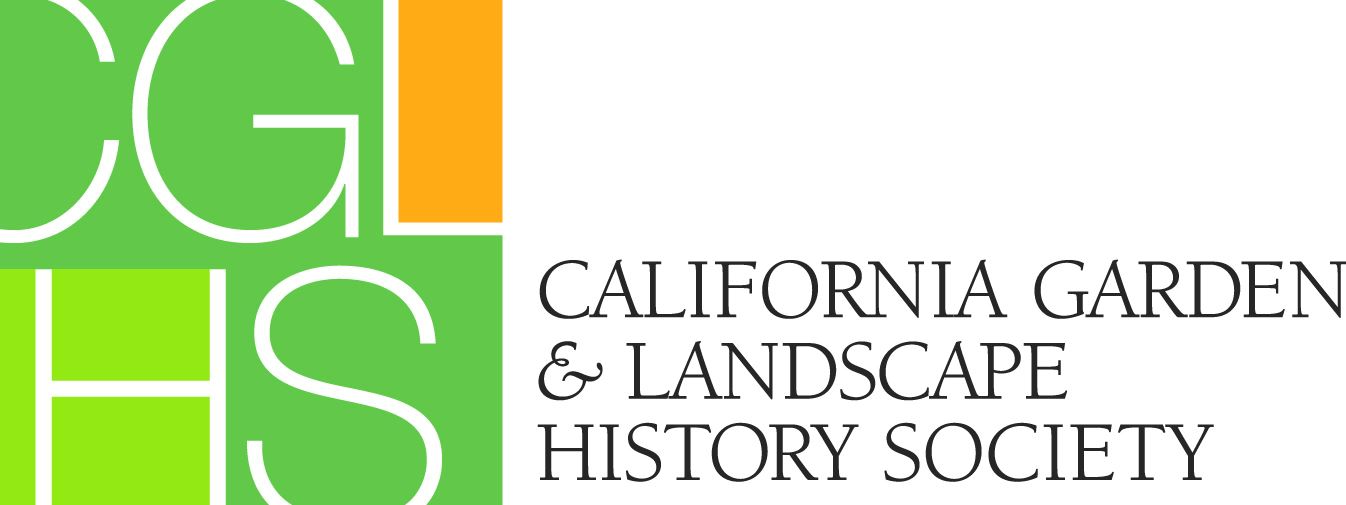RESOURCES - PRESERVATION
Mission San Juan Capistrano - The Gardens are Colonial Revival Style, Not Original. PRESERVATION ISSUESPeople often speak of “restoring” a building or garden when they actually mean spruce it up or remodel it to capture a feeling of the past. In the United States, the Secretary of the Interior establishes professional standards for restoration of cultural resources including gardens and cultural landscapes eligible for or listed in the National Register of Historic Places. LANDSCAPE TREATMENTSThe Secretary of the Interior’s professional standards for dealing with historic landscapes recognize four legitimate approaches or treatments.
It is important to determine which treatment (or combination) is appropriate for a significant garden or cultural landscape, even if it will not be listed in a local landmarks list or in the National Register of Historic Places. One issue in preservation is access. “Making Historic Landscapes Accessible” by the National Park Service contains valuable information: https://www.nps.gov/tps/how-to-preserve/briefs/32-accessibility.htm#historic-landscapes
CULTURAL LANDSCAPE DOCUMENTATION PROCESSThis process includes multiple steps:
Documentation of the cultural landscape can result in official recognition of the property by, for example, listing it in the National Register of Historic Places, or in a list of local landmarks or cultural monuments. Documentation can also bring inclusion in the Historic American Landscapes Survey (HALS). Often, understanding and recognition of a cultural landscape’s importance leads us to want to retain or regain a property’s historic integrity by preparing a preservation treatment plan to guide its long-term physical management. PRESERVATION TREATMENT PLAN PROCESS
An excellent overview of this entire cultural landscape preservation process is found in: NPS Brief #36 – Birnbaum, Charles A., Protecting of Cultural Landscapes: Planning, Treatment and Management: National Park Service, 1994. http://www.nps.gov/tps/how-to-preserve/briefs/36-cultural-landscapes.htm CULTURAL LANDSCAPE PRESERVATION RESOURCESSpecific National Register Bulletins were created to assist you in the identification, documentation, evaluation and National Register listing of two special types of cultural landscapes: rural and designed historic landscapes. |









